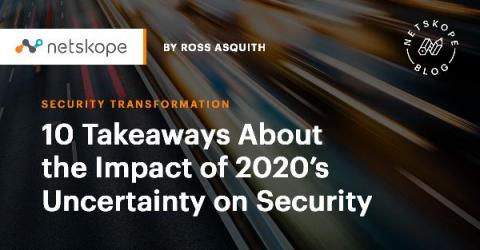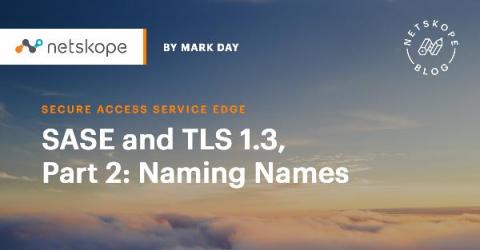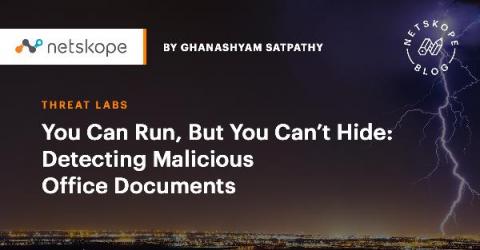The Future of Security and The Inevitability of Remote Working
By this time in 2020, you’re probably well past the panic of pandemic cybersecurity. The “New Normal” isn’t very new anymore and what was once perceived as short term crisis management of security is looking more like a long term solution. As we look ahead, it’s important to look at what we’ve learned from this situation, as security professionals and how we can apply that to the long road we still have ahead of us.











